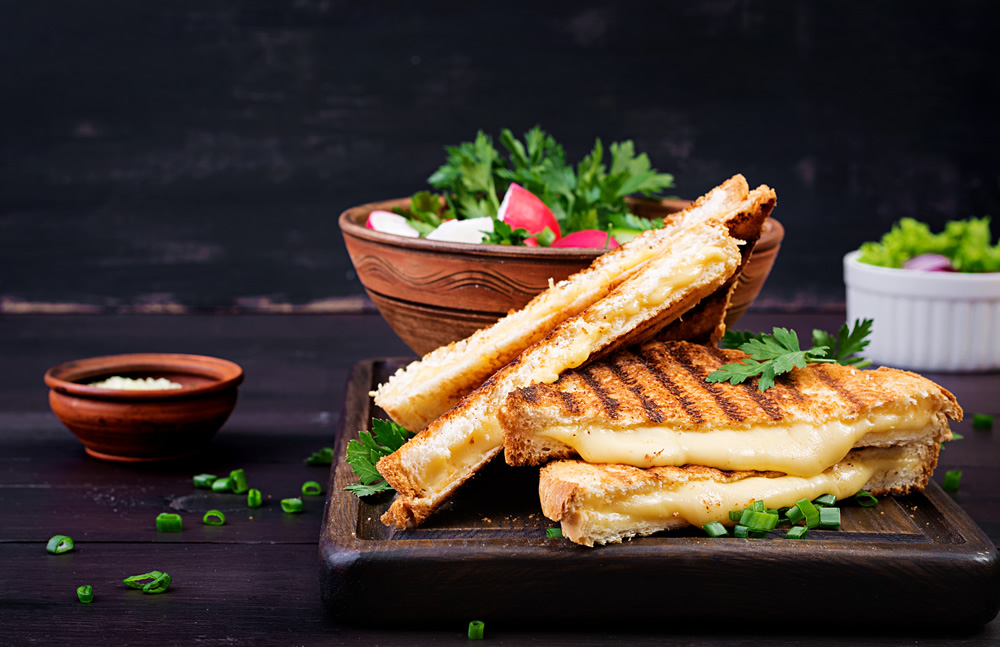Blitz News Digest
Stay updated with the latest trends and insights.
Snap Deliciousness: Elevate Your Food Photos with Simple Tricks
Transform your food photos from drab to fab! Discover simple tricks to make your meals look irresistible in every snap.
Mastering Natural Light: How to Brighten Your Food Photography
Mastering natural light is essential for enhancing your food photography. Unlike artificial lighting, natural light provides a soft, diffused quality that beautifully illuminates the textures and colors of your dishes. To achieve the best results, consider shooting during the golden hour—shortly after sunrise or before sunset—when the sunlight is warm and gentle. Position your food near a window, allowing the daylight to create a natural highlight and shadow effect on your subjects. This technique not only makes your food look more appetizing but also gives your images a professional touch.
To further brighten your food photography, experiment with reflectors to bounce light back onto your dish. Simple items like a white poster board or even aluminum foil can create stunning results by filling in shadows and enhancing highlights. Additionally, be mindful of your background; using light, neutral colors can help your food stand out while maintaining the natural light's brightness. Remember, mastering natural light is a skill that takes practice, so don’t hesitate to try different setups until you find the perfect composition for your delectable creations.

5 Essential Tips for Captivating Food Styling
Food styling is an art that can transform an ordinary dish into a mouth-watering visual feast. To captivate your audience, start with color balance; use contrasting colors to highlight the freshness of ingredients. For instance, pairing vibrant greens with rich reds can create a visually appealing plate. Additionally, consider the use of textures—varying the textures of your ingredients, such as crunchy nuts and creamy sauces, can add depth and interest to your presentation.
Another essential tip is to play with plating techniques. Experimenting with different arrangement styles can significantly impact the overall aesthetics of your food. Aim for an asymmetrical layout to create a dynamic composition that draws the eye. Additionally, don't underestimate the power of props; whether it's elegant cutlery or textured table linens, using props strategically can enhance the visual story you're telling. Lastly, remember to let your dish shine—minimalism can often highlight the beauty of your key ingredients, so avoid overcrowding the plate.
How to Use Props and Backgrounds to Enhance Your Food Photos
When capturing food photography, props and backgrounds play a crucial role in transforming a simple dish into a visually stunning presentation. Consider using items such as utensils, napkins, and cooking ingredients as props to create depth and context in your images. For example, a rustic wooden spoon or a vibrant cloth napkin can complement the colors of your dish and add a layer of storytelling. Additionally, experimenting with different backgrounds—be it a textured tabletop, a patterned cloth, or a natural outdoor setting—can significantly enhance the overall aesthetic of your food photos.
To maximize the impact of your props and backgrounds, it is essential to maintain a harmonious balance. Choose props that accentuate, rather than distract from, the main subject. Creating a cohesive color scheme will ensure that your photos are visually appealing; for instance, pairing earthy tones with fresh produce enhances the organic feel of the image. Also, remember to consider the lighting—natural light is often the most flattering for food photography. By focusing on these elements, you will be able to create captivating images that not only showcase your food but also tell a unique, engaging story.